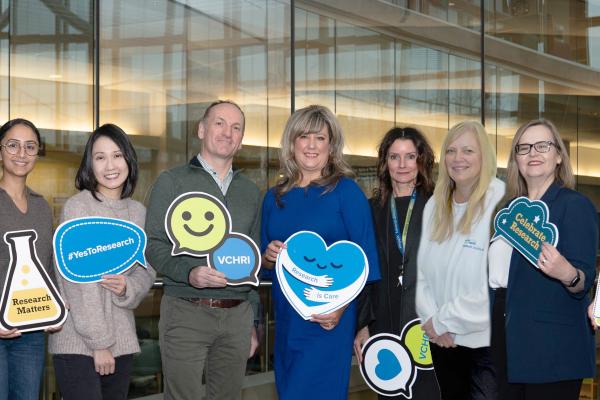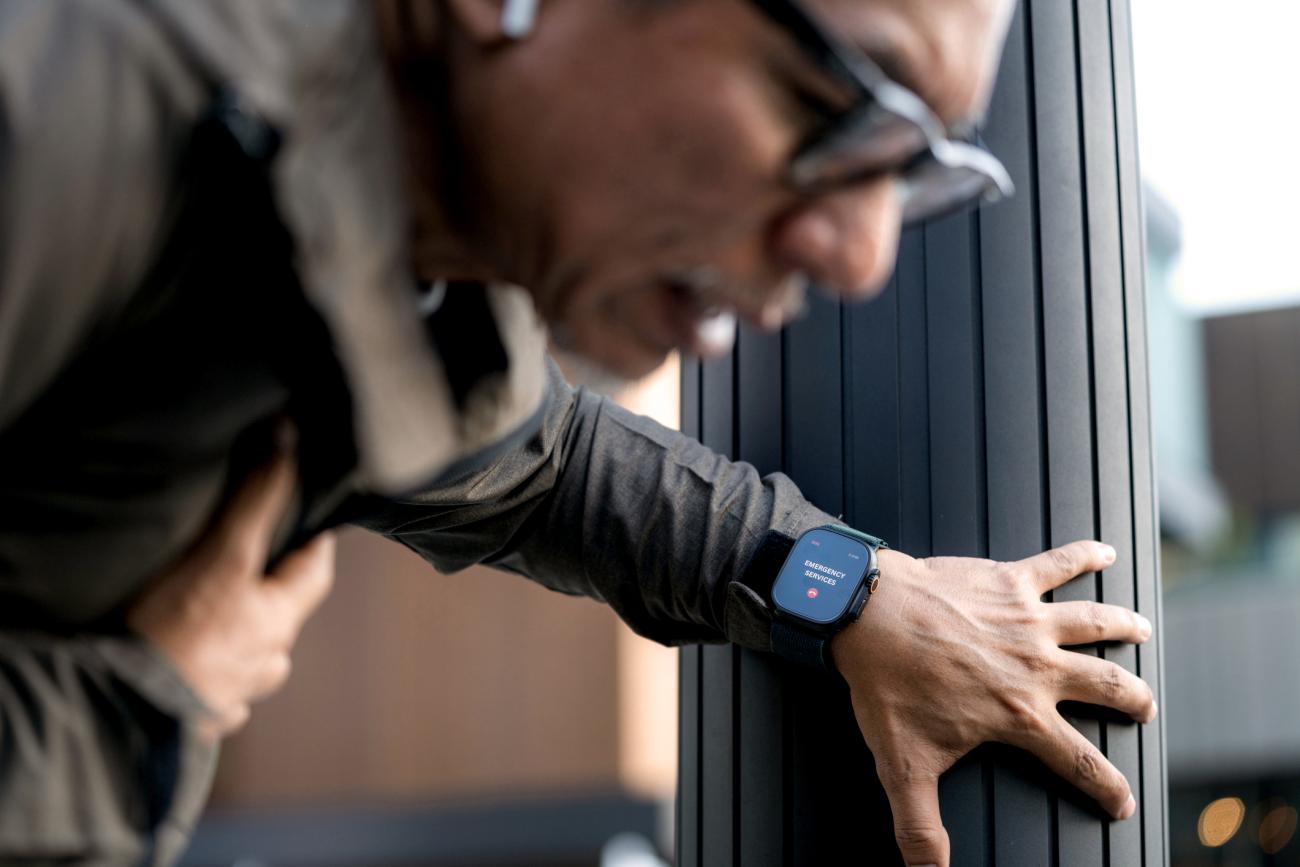
Prototypes of smartwatches and rings are driving forward advances in wearable technology that instantly alert emergency personnel.
A pioneering study led by Vancouver Coastal Health Research Institute (VCHRI) researcher Dr. Calvin Kuo and Dr. Mahsa Khalili has demonstrated that consumer wearable technology may hold the key to transforming how out-of-hospital cardiac arrests (OHCAs) are detected, potentially saving countless lives. With more than 4.4 million OHCAs occurring globally each year — and over 75 per cent of them unwitnessed — the study’s findings pave the way for Canadian-made technological advances to alert emergency response personnel as soon as a cardiac arrest occurs.

“This research shines a spotlight on a critical barrier to timely care in OHCA: the absence of a witness,” explains VCHRI researcher Dr. Brian Grunau, head of the Canadian Saving Cardiac Arrest Victims Everywhere (CanSAVE) research excellence cluster overseeing the award-winning broader project that encompasses the present study. “When unnoticed, the chance of surviving a cardiac arrest drops dramatically to almost zero.”
“By turning wearables into digital witnesses of cardiac arrest, we can help support the timely delivery of emergency care, saving lives and improving patient outcomes.”
The study involved integrating the photoplethysmogram (PPG) sensors commonly used in smartwatches and fitness trackers into novel, wearable PPG heart rate monitors.
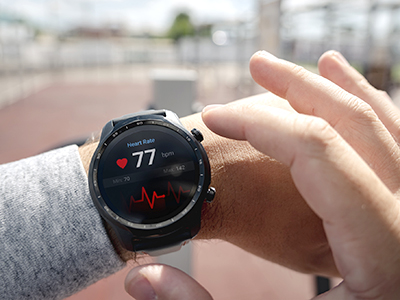
Research in real-world settings is needed to further advance wearable technology
The research team tested three different PPG sensor prototypes on 31 healthy adult participants who wore the devices on their wrists, fingertips and base of their fingers simultaneously. Researchers used an advanced machine learning computer algorithm — a type of artificial intelligence — to test prototype performance.
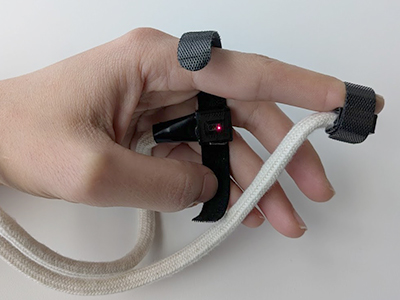
The PPG device prototypes were tested under three conditions: normal cardiac state, occlusion and off-body. Occlusion tests involved restricting blood flow through participants’ arms to mimic a pulseless cardiac arrest event. The off-body scenario tested the performance of devices when not worn by the participant, attempting to capture instances of false positives when the device may erroneously detect cardiac arrest when the wearer takes it off.
"This technology could be used by anyone, with particular clinical indications for people at risk of heart disease and cardiac arrest.”
Data collected from testing the PPG fingertip prototype under ideal conditions achieved almost a 94 per cent detection rate for occluded, pulseless states — approaching the level of sensitivity needed for clinical utility. Devices using finger-based PPG sensors consistently outperformed wrist-worn models, which only identified approximately 78 per cent of pulseless events under ideal conditions.
However, when used under conditions more similar to real-world settings, fingertip prototype performance in detecting pulseless events dropped to 90 per cent and wrist prototype performance dropped to 44 per cent.
“In this proof-of-principle study, we were able to show that the technology can detect cardiac arrest under ideal, controlled conditions.”
“Given the success of this study, our team has embarked on national clinical trials to test the efficacy of these wearables — including prototypes with enhanced technology and additional functionality — under real-world conditions in clinical and other settings,” notes Khalili.
On top of alerting emergency service personnel, subsequent iterations of the technology could also send vital medical information to first responders for a rapid response informed by the unique needs and health status of each patient.
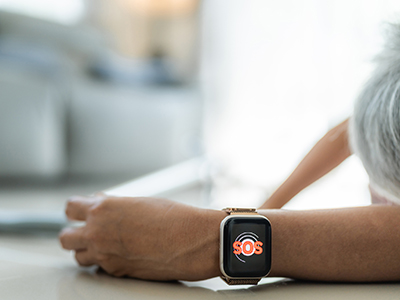
The study also highlighted the limitations of current wrist-worn consumer devices. Nearly half of wrist PPG recordings were of low quality, undermining detection accuracy. This information is a wake-up call to improve the technology’s hardware and data processing algorithms further before moving to the next, highly anticipated step of commercialization, Khalili says.
“We need wearable devices to have better sensor-skin contact, signal filtering and even multi-sensor integration to ensure consistent and reliable data.”
The implications for health care systems are profound. Equipping everyday people with passive cardiac monitoring could significantly improve early recognition and emergency medical service activation in unwitnessed OHCA cases — dramatically increasing survival rates.

“Our study demonstrates the concept and the challenges that need to be addressed to make accurate cardiac arrest detection using smartwatches a reality in Canada,” says Kuo. “With continued innovation, wearable technology can evolve from fitness trackers into powerful medical tools, revolutionizing cardiac care and saving lives when every second counts.”
